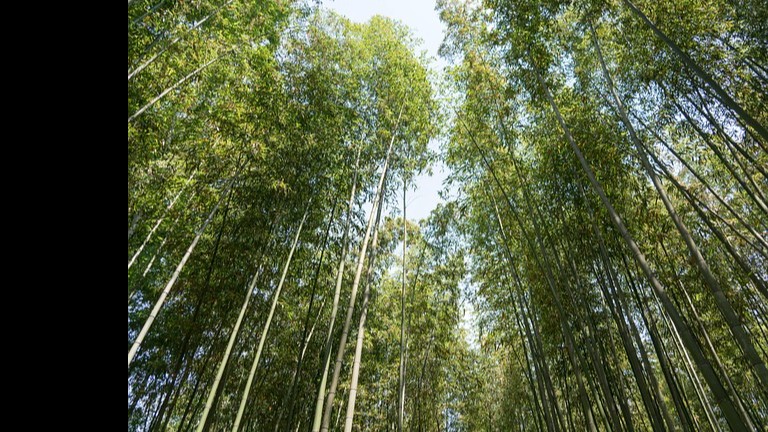京都の有名な観光地、嵐山の竹林で、たくさんの落書きが見つかりました。
The famous bamboo grove in Arashiyama, a well-known tourist spot in Kyoto, has been found with many graffiti.
。
落書きにはアルファベット、日本語、漢字、そしてハングルもありました。
Of the 1,000 bamboo stalks, about 350 have been vandalized with carvings made by knives or keys.
。
The graffiti includes alphabets, Japanese, kanji, and even Hangul.
。
There are also heart symbols, peoples names, and dates.
。
Scratches on the surface of bamboo cannot be restored to their original condition.
。
Therefore, the city is considering cutting down the bamboo that has a lot of graffiti.
。
Furthermore, green tape was applied to the bamboo to prevent graffiti, but there are also opinions that this spoils the scenery.
。
The chairman of the Arashiyama Chamber of Commerce said, I want everyone to keep the memory in their hearts, not write it on the bamboo. On Korean internet sites, many comments such as This is really embarrassing and They have no awareness were also seen.
。
Actually, this is not the first time graffiti has been drawn on the bamboo grove.
。
In 2018, about 100 bamboo stalks were also damaged.
。
At that time, the city put up a sign that said, Please do not write graffiti.
。
たくさんの観光客が訪れる人気の場所です。

